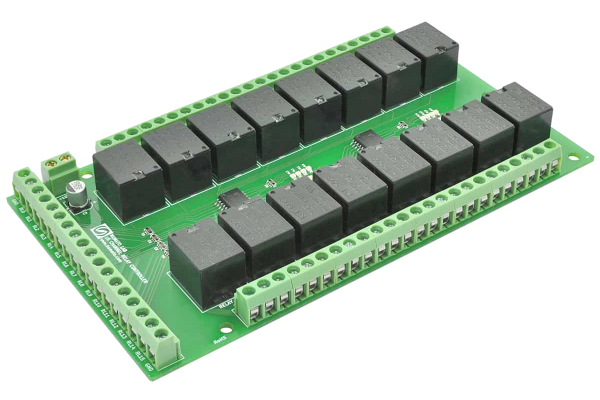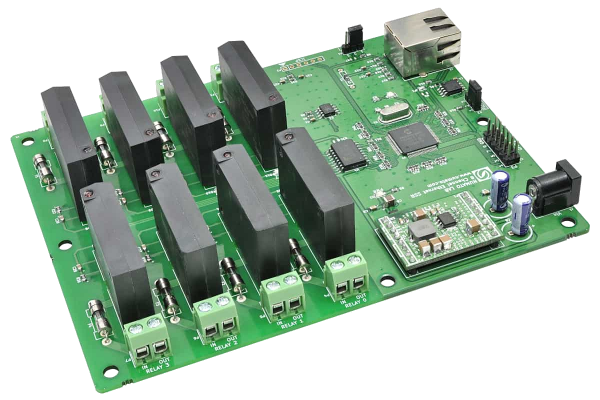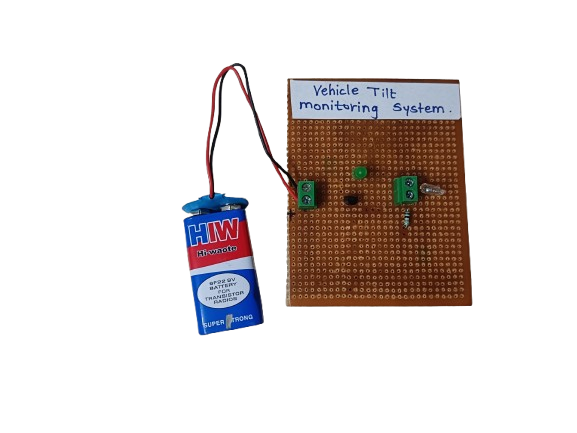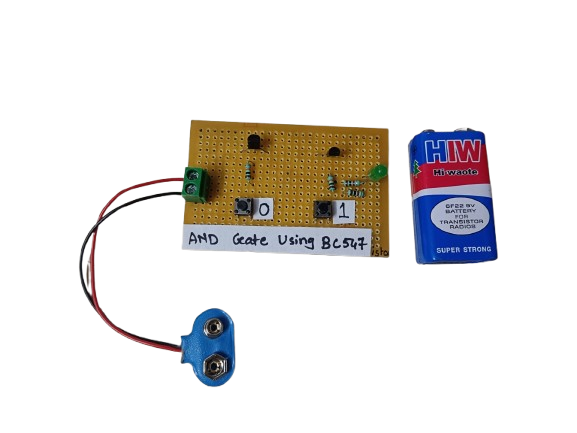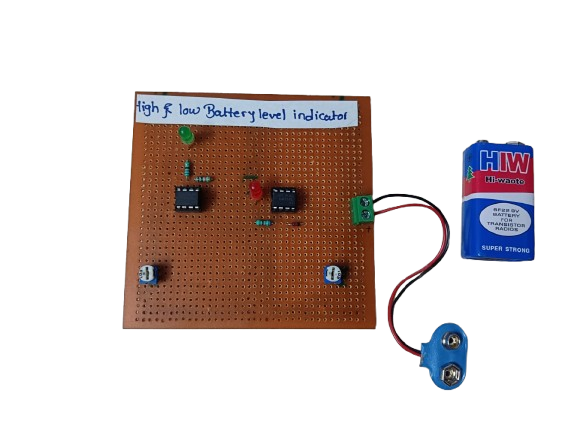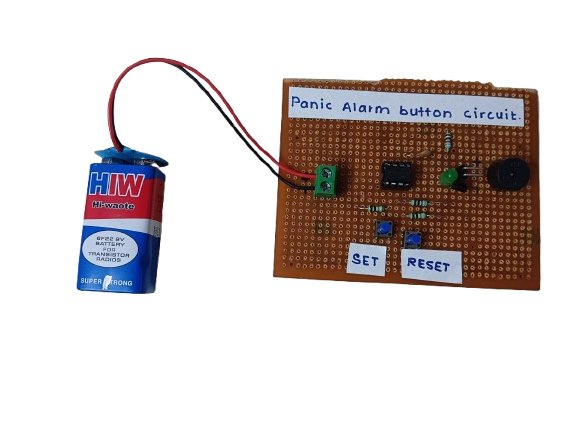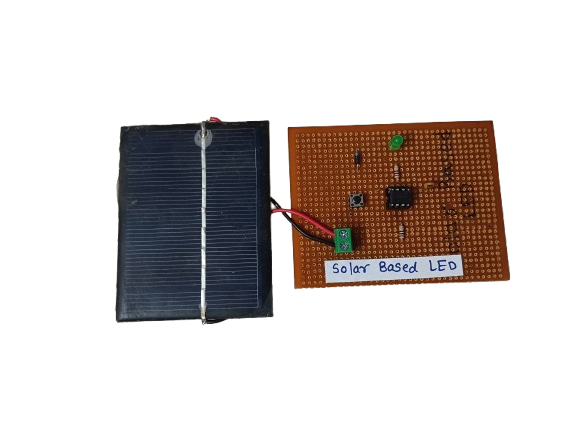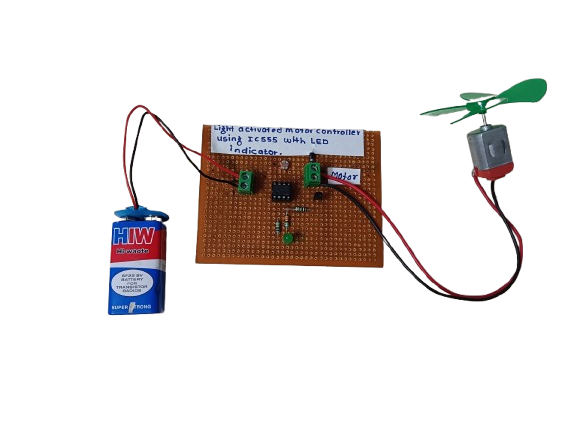Electronic Coin Toss
₹190.00
In StockThe Electronic Coin Toss is a simple, fun, and educational project that replaces a physical coin with digital logic or microcontroller-based randomness. It’s ideal for learning basic electronics, understanding random number generation, and creating a useful and entertaining tool.
Description
An Electronic Coin Toss circuit is an electronic version of the classic coin flip — often used to make quick decisions, settle disputes, or play games. It mimics the randomness of a real coin toss using digital logic or a microcontroller to generate a pseudo-random result and display it using LEDs or a text display (e.g., “Heads” or “Tails”).
Basic Working Principle:
1.A push-button switch is used to “toss” the coin.
2.Pressing the button triggers a circuit (based on timing or random logic) that rapidly alternates between two states — like a coin flipping.
3.When the button is released, the circuit freezes on either state randomly — representing Heads or Tails.
4.The result is indicated using two LEDs (e.g., Green for Heads, Red for Tails) or a display.
The Electronic Coin Toss is a simple, fun, and educational project that replaces a physical coin with digital logic or microcontroller-based randomness. It’s ideal for learning basic electronics, understanding random number generation, and creating a useful and entertaining tool.
-
The Conveyor Belt Object Counter using LDR and 7-Segment Display with the 8051 microcontroller is designed to count objects passing in front of an LDR (Light Dependent Resistor) sensor. The system works by detecting light interruptions when an object crosses the sensor, causing a change in the LDR’s resistance. The microcontroller processes this change and increments an object count. The count is then displayed on a 7-segment display.




